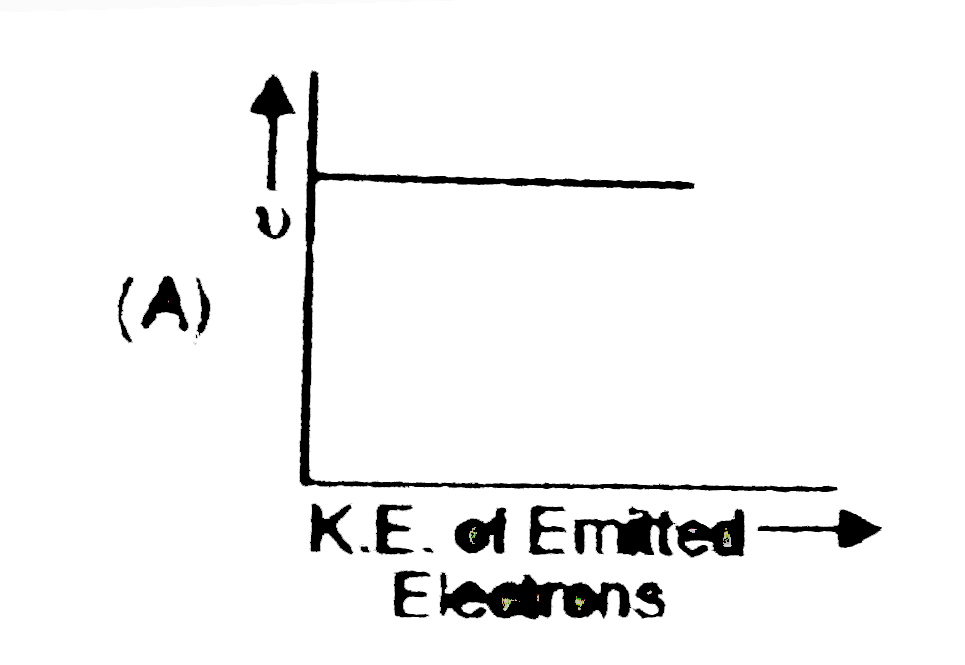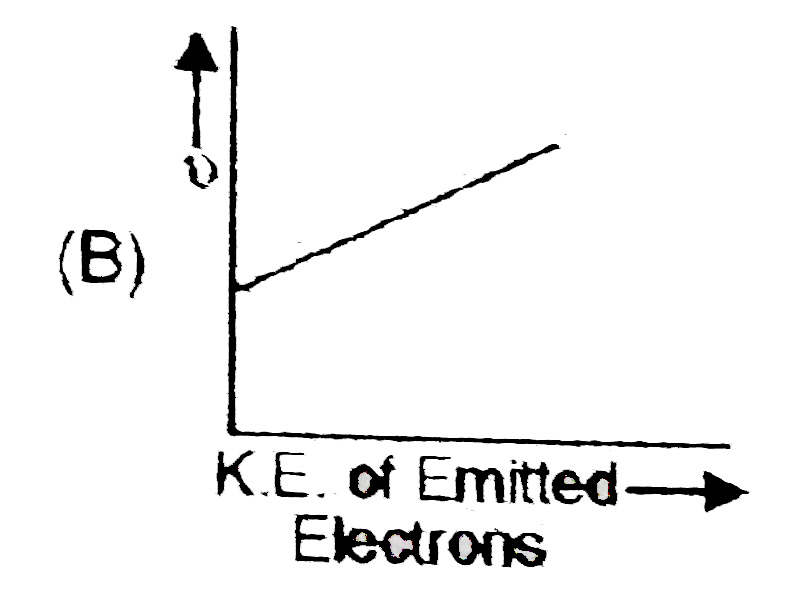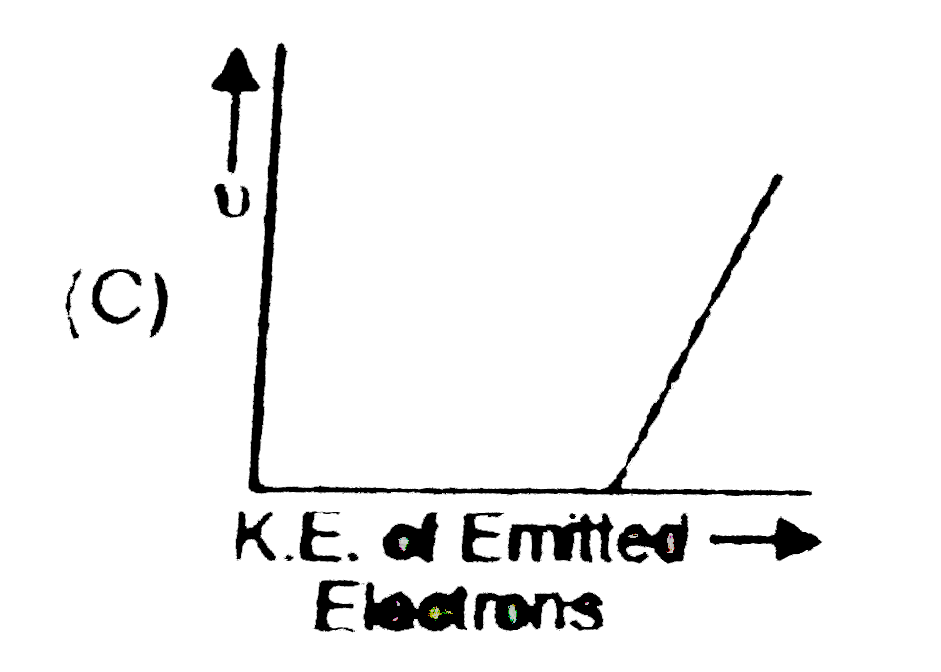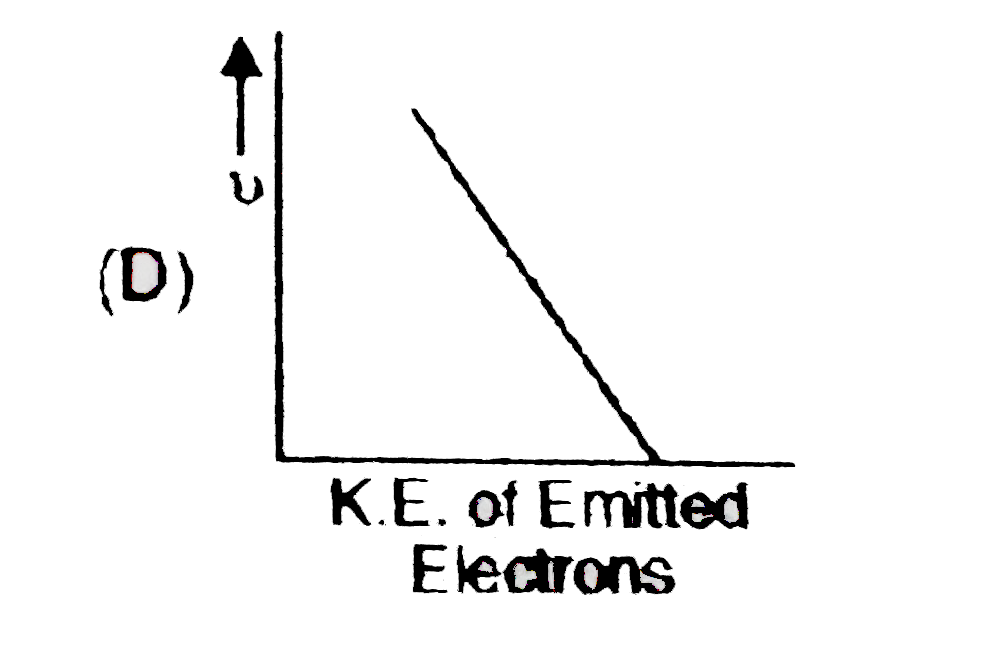Do you consider light as wave or as a particle to explain photoelectric effect?
To determine whether light is considered a wave or a particle in explaining the photoelectric effect, we can follow these steps:
Step 1: Understand the Photoelectric Effect
The photoelectric effect is a phenomenon where electrons are emitted from a material (usually a metal) when it is exposed to light of sufficient frequency.
Step 2: Identify the Nature of Light
Light exhibits both wave-like and particle-like properties. However, in the context of the photoelectric effect, we focus on its particle nature.
Step 3: Introduce the Concept of Photons
In the photoelectric effect, light is described as being made up of discrete packets of energy called photons. Each photon carries a specific amount of energy that is dependent on its frequency.
Step 4: Explain the Role of Photons
When light (as photons) strikes the surface of a metal, if the energy of the photons is greater than the work function (the minimum energy needed to remove an electron from the metal), electrons are emitted from the surface.
Step 5: Conclude the Nature of Light in the Photoelectric Effect
Based on the explanation of how photons interact with electrons and cause their emission, we conclude that in the context of the photoelectric effect, light is considered as a particle.
Final Answer
In the photoelectric effect, light is considered as a particle (photons) because it is the particle nature of light that explains the emission of electrons from a material when exposed to light.
---
The photoelectric effect is a phenomenon where electrons are emitted from a material (usually a metal) when it is exposed to light of sufficient frequency.
Light exhibits both wave-like and particle-like properties. However, in the context of the photoelectric effect, we focus on its particle nature.
In the photoelectric effect, light is described as being made up of discrete packets of energy called photons. Each photon carries a specific amount of energy that is dependent on its frequency.
When light (as photons) strikes the surface of a metal, if the energy of the photons is greater than the work function (the minimum energy needed to remove an electron from the metal), electrons are emitted from the surface.
Based on the explanation of how photons interact with electrons and cause their emission, we conclude that in the context of the photoelectric effect, light is considered as a particle.
In the photoelectric effect, light is considered as a particle (photons) because it is the particle nature of light that explains the emission of electrons from a material when exposed to light.
Topper's Solved these Questions
- NATURE OF LIGHT AND PHOTOELECTRIC EFFECTBOOK - CENGAGE PHYSICSCHAPTER - NATURE OF LIGHT AND PHOTOELECTRIC EFFECTEXERCISE - Mandatory Exercise (Exercise Set II)
4 Videos
- NATURE OF LIGHT AND PHOTOELECTRIC EFFECTBOOK - CENGAGE PHYSICSCHAPTER - NATURE OF LIGHT AND PHOTOELECTRIC EFFECTEXERCISE - Mandatory Exercise (Exercise Set III)
16 Videos
- NATURE OF LIGHT AND PHOTOELECTRIC EFFECTBOOK - CENGAGE PHYSICSCHAPTER - NATURE OF LIGHT AND PHOTOELECTRIC EFFECTEXERCISE - Olympiad and NTSE Level Exercises
9 Videos
- MAGNETISMBOOK - CENGAGE PHYSICSCHAPTER - MAGNETISMEXERCISE - OLYMPIAD AND NTSE LEVEL EXERCISES
8 Videos
- OPTICAL INSTRUMENTS BOOK - CENGAGE PHYSICSCHAPTER - OPTICAL INSTRUMENTS EXERCISE - OLYMPLAD AND NTSE LEVEL EXERCISES
10 Videos
Similar Questions
Knowledge Check
Which among the following graphs explains the photoelectric effect?
A B
B C
C D
D
A non-monochromatic light is used in an experiment on photoelectric effect. The stopping potential
Ais related to the mean wavelengthBis related to the longest wavelengthCis related to the shortest wavelengthDis not related to the wavelengthWave nature of light cannot explain photoelectric effect because in photoelectric effect , it is seen that
AFor the frequency of light below a certain value , the photoelectric effect does not take place , irrespective of intensityBMaximum kinetic energy of ejected electrons of independent of intensity of radiationCThere is no time lag between the incidence of radiation and emission of electronsDAll of these
Which alkali mettal do not show photoelectric effect?
View SolutionWhy wave theory of light could not explain the photoelectric effect ? State two reasons. Draw graph between frequency ν vs stopping potential V0 .
View SolutionWhy wave theory of light could not explain the photoelectric effect ? State two reasons. Draw graph between anode potential vs photoelectric current .
View SolutionWhy wave theory of light could not explain the photoelectric effect ? State two reasons. Draw graph between Intensity vs photoelectric current.
View SolutionWho among the following has explained the phenomenon of photoelectric effect?
View Solution
